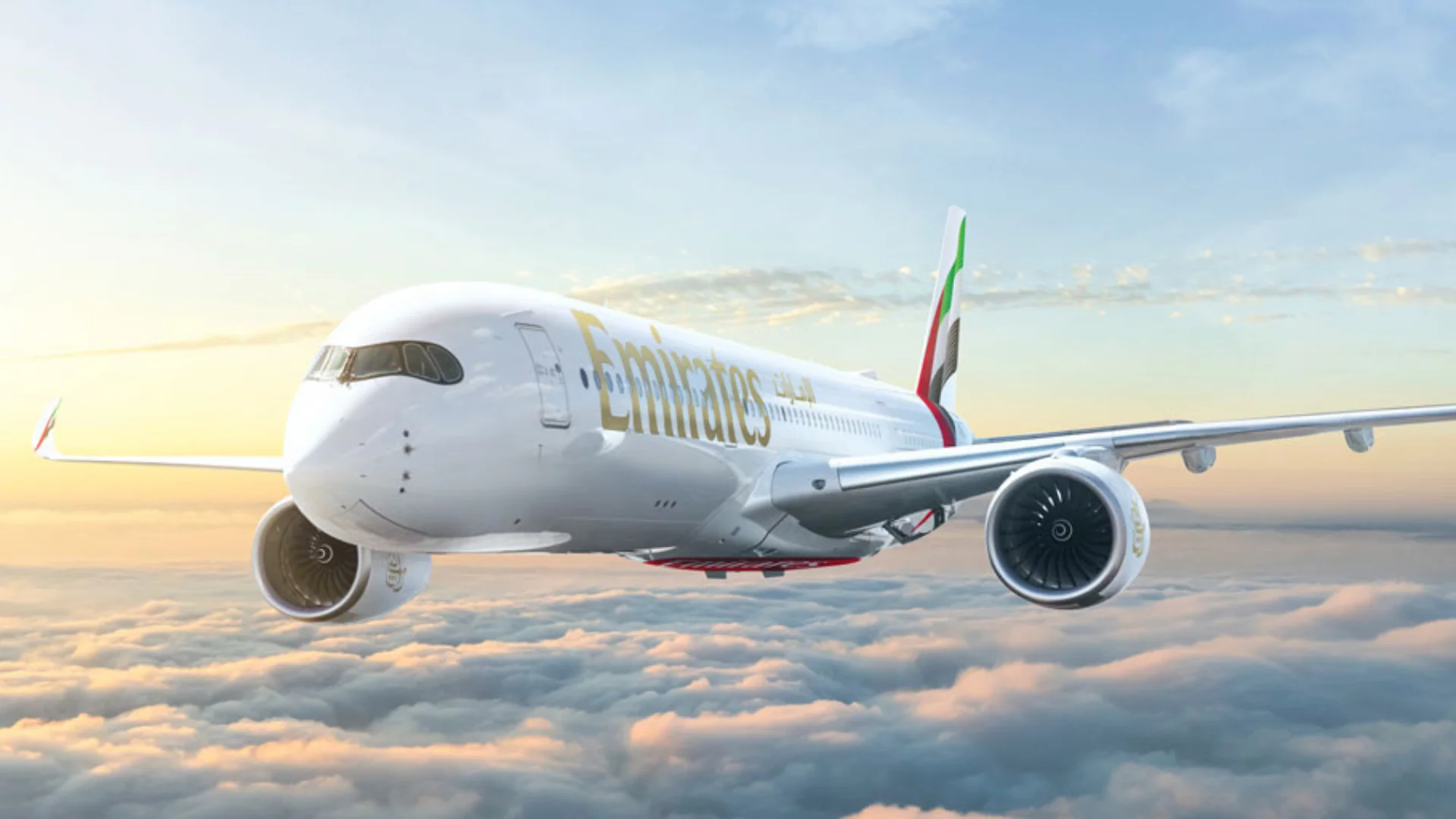The era of trijets, once a prominent feature in the aviation industry, has largely come to an end. While four-engined aircraft like the Boeing 747 and Airbus A380 remain in service, the three-engine configuration has all but disappeared from commercial aviation. The reasons for this shift are varied and rooted in advancements in technology and changes in regulatory standards.
Initially, trijets offered cost savings compared to four-engine aircraft while providing greater capabilities than twinjets. However, as "planes with two engines were much more economical," they gradually replaced trijets. The Hawker Siddeley Trident and Boeing 727 were among the first commercial three-engined jets but were eventually overshadowed by larger two-engined planes like updated Boeing 737s and 757s.
In the long-haul market, models such as the McDonnell Douglas DC-10 and Lockheed L-1011 initially offered better payload-range capabilities than early twinjets like the Airbus A300. Yet, by the 1990s, new twinjet designs like the Boeing 777 and Airbus A330 rendered long-range trijets obsolete due to their similar capabilities but reduced engine count.
 Alerts Sign-up
Alerts Sign-up





































